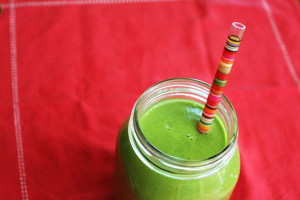 Sorry there is no punchline…even though it may seem likely with a title such as above. All too often I read and hear about the latest drink mix, short term diet plan, or program that provides meals all for the purpose of helping women and men lose weight. I also hear about those that struggle through counting calories, weighing themselves in front of peers and trying to fit into a pair of skinny jeans. In America it’s estimated that more than 1/3 of Americans are obese… that is, severely overweight. Let’s face it, people living in western civilizations are facing a risk factor of becoming overweight and the odds are against us all.
Sorry there is no punchline…even though it may seem likely with a title such as above. All too often I read and hear about the latest drink mix, short term diet plan, or program that provides meals all for the purpose of helping women and men lose weight. I also hear about those that struggle through counting calories, weighing themselves in front of peers and trying to fit into a pair of skinny jeans. In America it’s estimated that more than 1/3 of Americans are obese… that is, severely overweight. Let’s face it, people living in western civilizations are facing a risk factor of becoming overweight and the odds are against us all.
So why is it that diet fads consume the market and mass media but weight gain is on the rise? Based on the functional medicine model and my experience, it’s because we are not identifying the root cause for the weight gain. From a functional perspective weight gain is the thumb tack in the foot. You can take an anti-inflammatory all day long but if the thumb tack remains, so will the pain for the long term. Allow me to explain further.
Our physiology, biology and biochemical interactions are consistent with how the body functioned 40,000 years ago. Yes, we have improved in intelligence since we were cave men/women but our genetic material has changed very little. During prehistoric times we fought for our food, ran from dinosaurs and ate when it was possible. Following the hunt and eat, the body would store the food as fat understanding that it will need a fuel source in the coming days; uncertain of its next meal. Fuel is a matter of life and death for the body, so it prioritizes using the fight/flight response. The fight/flight response is a built-in survival mechanism, adapting and compensating in order to protect itself, often without us asking it to.
Today, the body performs in much the same way. When there are chronic stressors (external, internal or multiples) the body creates the same stress response: to store the fat. Yes, we may not be running from dinosaurs but the body doesn’t make that distinction. Regardless of the point of stress (food sensitivities, sleep problems, toxic overload, digestive issues, for examples); stress is addressed through the fight/flight response. This is why all the shakes, diet plans and pre-packaged meals do not create the long term affects dieters are after. They do not address why the body’s stressed. They rather attempt to act as the anti-inflammatory rather than the thumbtack.
Are you interested in weight loss? Then you need to identify the dinosaur(s) and remove the thumb tack. Once this occurs, the body will resort to a state of ease, release the weight and function how we’d like it to, with long term success.
Be well,
Lynn

 January 30th, 2015
January 30th, 2015  Lynn
Lynn  Posted in
Posted in  Tags:
Tags: 



